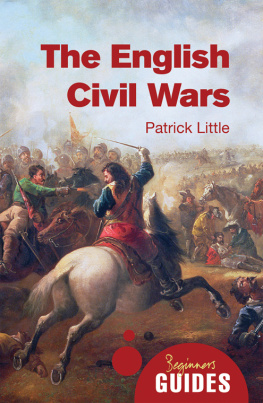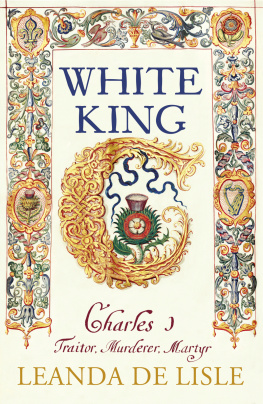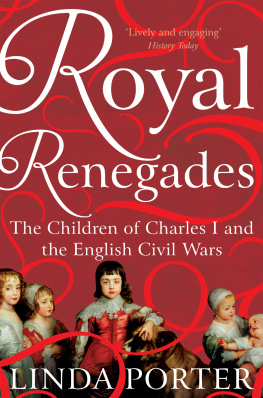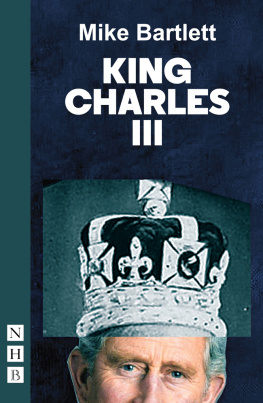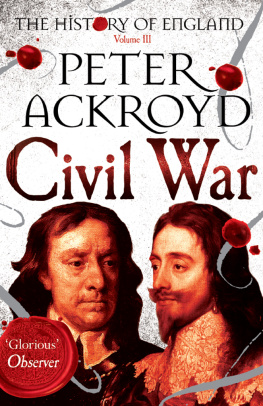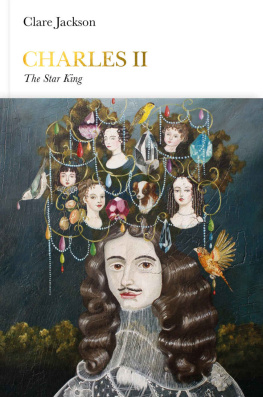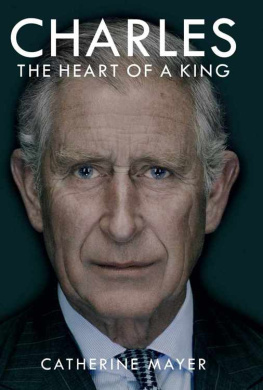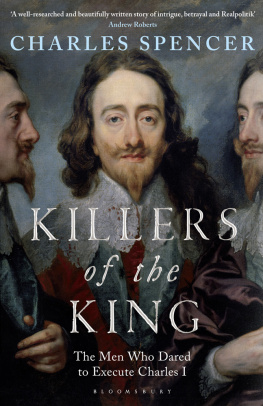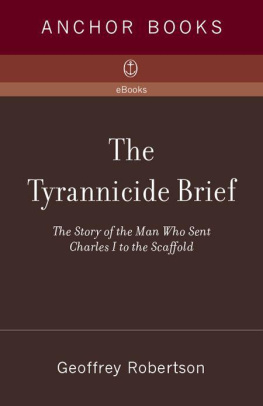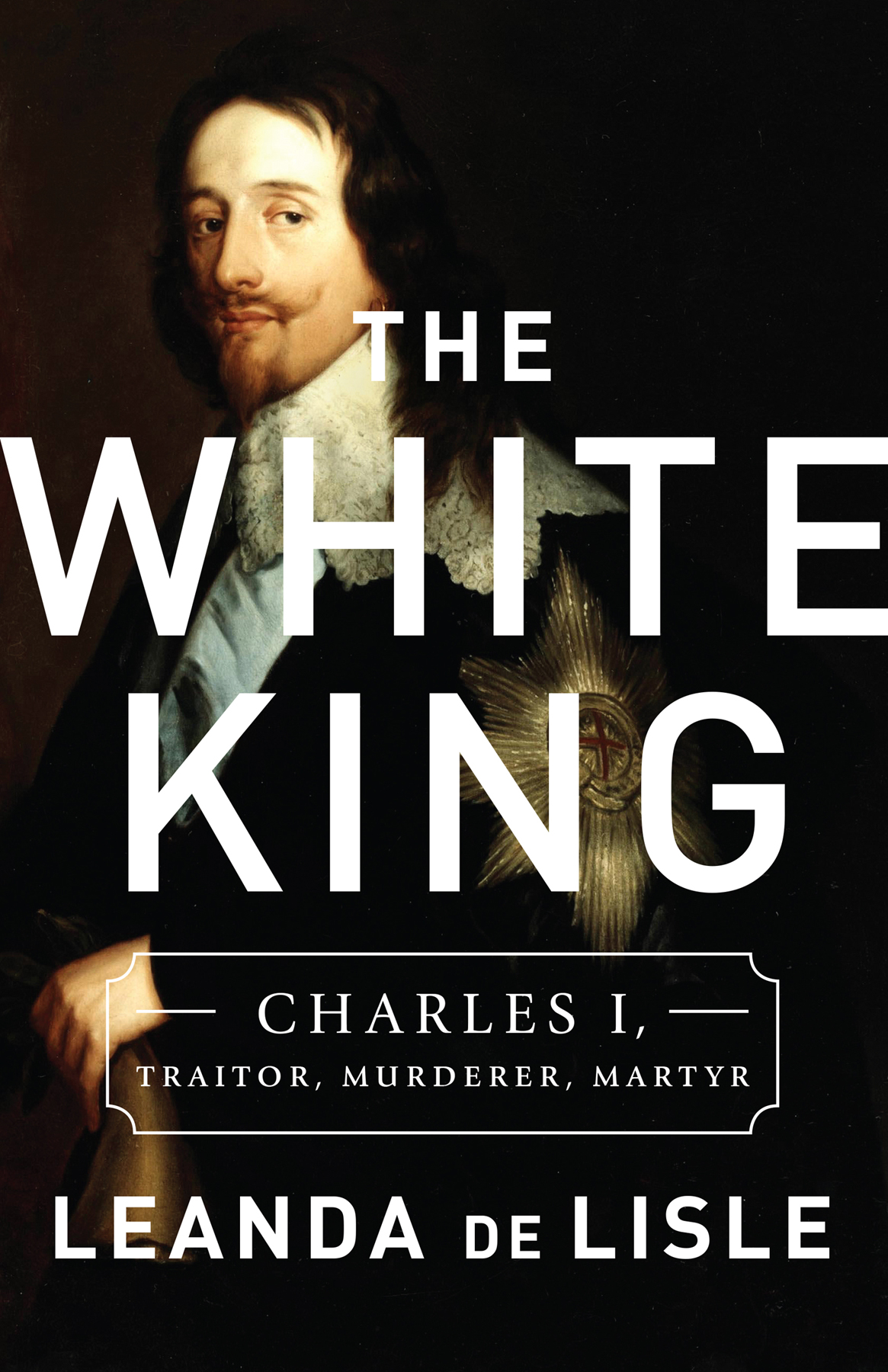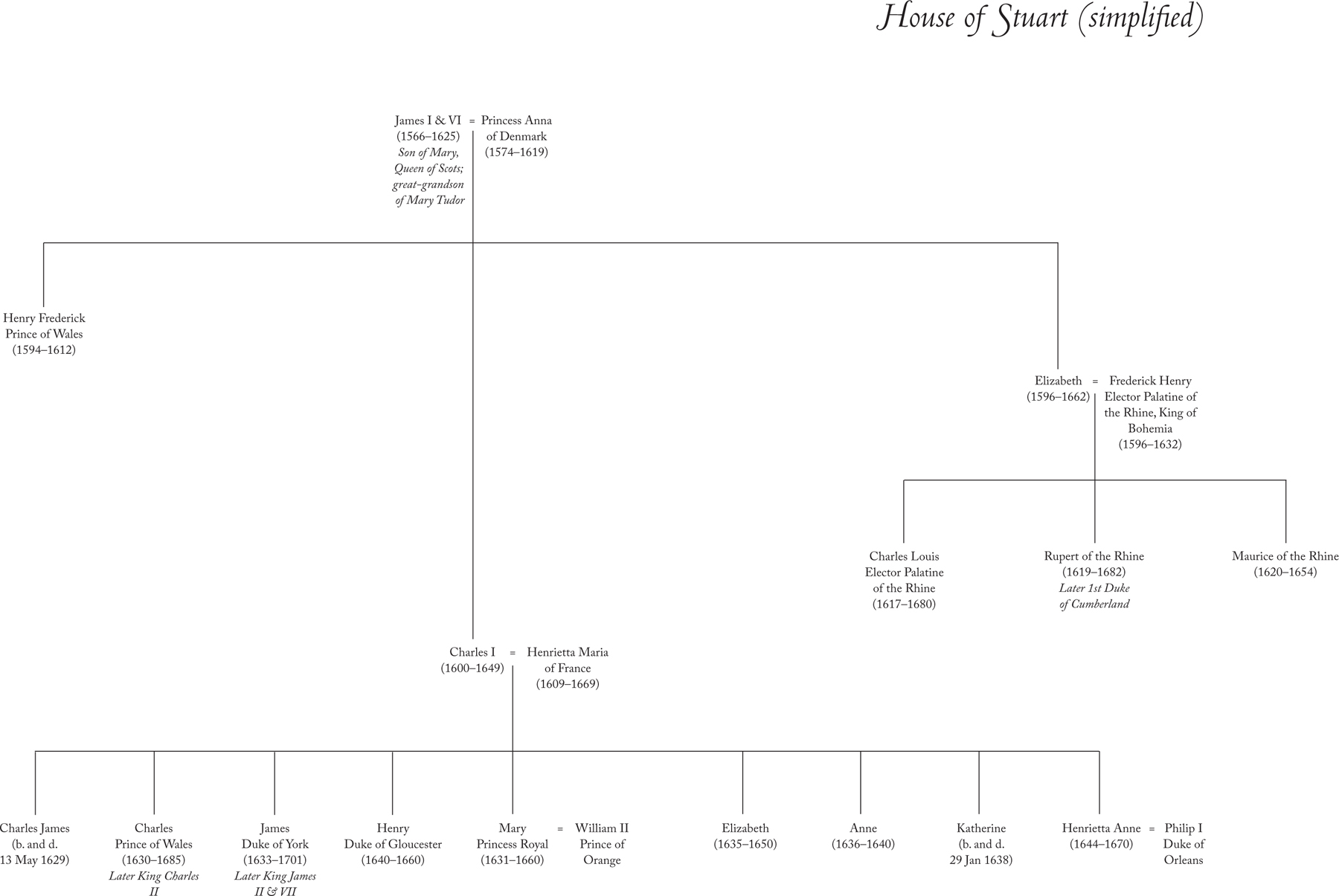James I and VI, Paul van Somer, c. 1620 (Photo: Royal Collection Trust / Her Majesty Queen Elizabeth II 2017)
Henry Frederick, Prince of Wales, with Sir John Harington, in the Hunting Field, Robert Peake the Elder, 1603 The Met Museum, New York / Purchase, Joseph Pulitzer Bequest, 1944
Elizabeth Stuart, the Winter Queen Weiss Gallery
Philip IV, Diego Rodrguez de Silva y Velzquez, 162324 Meadows Museum, SMU, Dallas / Algur H. Meadows Collection
Cardinal Richelieu, Philippe de Champaigne, 1642 Museum of Fine Arts, Strasbourg (Photo: Leemage / UIG via Getty Images)
George Villiers, Peter Paul Rubens, c. 17th century Palazzo Pitti, Florence, Italy / Bridgeman Images
Triumphant Death chases Londoners from their city, from A rod for run-awayes Gods tokens, artist unknown, c. 1625 (Photo: Science History Images / Alamy Stock Photo)
Marie de Medici landing at Marseilles, Peter Paul Rubens, 1623 Louvre
Charles I, Peter Oliver, c. 162532 (Photo: Royal Collection Trust / Her Majesty Queen Elizabeth II 2017)
Henrietta Maria, John Hoskins, c. 1632 (Photo: Royal Collection Trust / Her Majesty Queen Elizabeth II 2017)
Robert Rich, 2nd Earl of Warwick, Daniel Mytens the elder, 1633 National Trust Images
Henry Rich, 1st Earl of Holland, studio of Daniel Mytens, c. 163233 National Portrait Gallery, London
Henrietta Maria as St Catherine, Anthony Van Dyck, c. 1630s Philip Mould & Company
Lucy Hay, Countess of Carlisle, Adriaen Hanneman, c. 166065 Minneapolis Institute of Arts / Bridgeman Images
John Pym, by or after Edward Bower, c. 1640 National Portrait Gallery, London
Louis XIII at the Siege of La Rochelle, French School, c. 17th century La Sorbonne, Paris / Bridgeman Images
Charles I, Anthony Van Dyck, c. 1635 (Photo: Royal Collection Trust / Her Majesty Queen Elizabeth II 2017)
Marie de Rohan, Duchesse de Chevreuse, as Diana the Huntress, attributed to Claure Deruet, 1627 Castle Museum, Versailles (Photo by Leemage/Corbis via Getty Images)
Charles I, Henrietta Maria and Charles II when Prince of Wales dining in public, Gerrit Houckgeest, 1635 (Photo: Royal Collection Trust / Her Majesty Queen Elizabeth II 2017)
An Allegory of Marriage, Tiziano Vecellio (Titian), 1576 (Photo RMN-Grand Palais, Muse du Louvre / Stphane Marchalle)
The Five Eldest Children of Charles I, Anthony van Dyck, 1637 (Photo: Royal Collection Trust / Her Majesty Queen Elizabeth II 2017)
Charles I, studio Anthony van Dyck, c. 1636 Weiss Gallery
William II, Prince of Orange, and his Bride, Mary Stuart, Anthony van Dyck, 1641. Photo courtesy of Rijksmuseum, Amsterdam
Atrocities in Ireland, from The Teares of Ireland by James Cranford, Wenceslaus Hollar, c. 164246. Photo Courtesy of National Library of Ireland, Dublin [PD 2133 TX]
The Chair organ, Robert Dallam, Tewkesbury Abbey Martin Goetze and Dominic Gwynn Ltd
The execution of Strafford, Wenceslaus Hollar, c. 164177. Photo The Thomas Fisher Rare Book Library, University of Toronto, Canada
The death of Boy at Marston Moor, 1644. Photo Chronicle / Alamy Stock Photo
Prince Rupert of the Rhine, Gerrit Van Honthorst, c. 1630s56 National Trust Images/John Gibbons
The fingernail of Thomas Holland Courtesy of Tyburn Convent
The saddle used by the King at the Battle to Naseby, Private Collection. Photo courtesy of Graeme Rimer
The battlefield at Naseby, Robert Streeter, c. 1645
James II & VII, Princess Elizabeth and Henry, Duke of Gloucester, John Hoskins, c. 1640s The Fitzwilliam Museum Cambridge
Anne of Austria, queen consort of France, with Louis XIV as a child, French school, 17th century. Photo: Christophel Fine Art / UIG via Getty Images
Mary, Princess Royal, studio of Gerrit van Honthorst, c. 1655 Philip Mould & Company
Oliver Cromwell, Samuel Cooper, c. 1653 Philip Mould & Company
Thomas Fairfax, circle of Robert Walker, 17th century. Photo: Lebrecht Music and Arts Photo Library / Alamy Stock Photo
Charles I at the time of his trial, after Edward Bower, 17th century Philip Mould & Company
Charles I, miniature portrait with mica overlays, artist unknown, c. 16501700 Carisbrooke Castle Museum Trust
Pearl earring owned by King Charles I, removed from the Kings ear after his execution, 160010 The Portland Collection, Harley Gallery, Welbeck Estate, Nottinghamshire / Bridgeman Images
Portrait of Queen Henrietta Maria as a Widow, artist unknown, c. 1650s. Courtesy of The Walters Art Museum (CC0 1.0)
St Georges chapel, Windsor Castle, Josep Renalias, 2008 Josep Renalias (CC BY-SA 3.0)
Frontispiece of the Eikon Basilike, Wenceslaus Hollar, 1649. Photo The Thomas Fisher Rare Book Library, University of Toronto, Canada
THE TITLE OF THIS BOOKTHE WHITE KINGIS DRAWN FROM A sobriquet used by Charless contemporaries. To supporters he was the saintly White King crowned in robes the colour of innocence. To opponents he was the White King of the prophecies of Merlin, a tyrant destined for a violent end. It is a sobriquet that is unfamiliar today. I hope it inspires curiosity: that people wonder what other unexpected things they might discover about the extraordinary Charles I.


